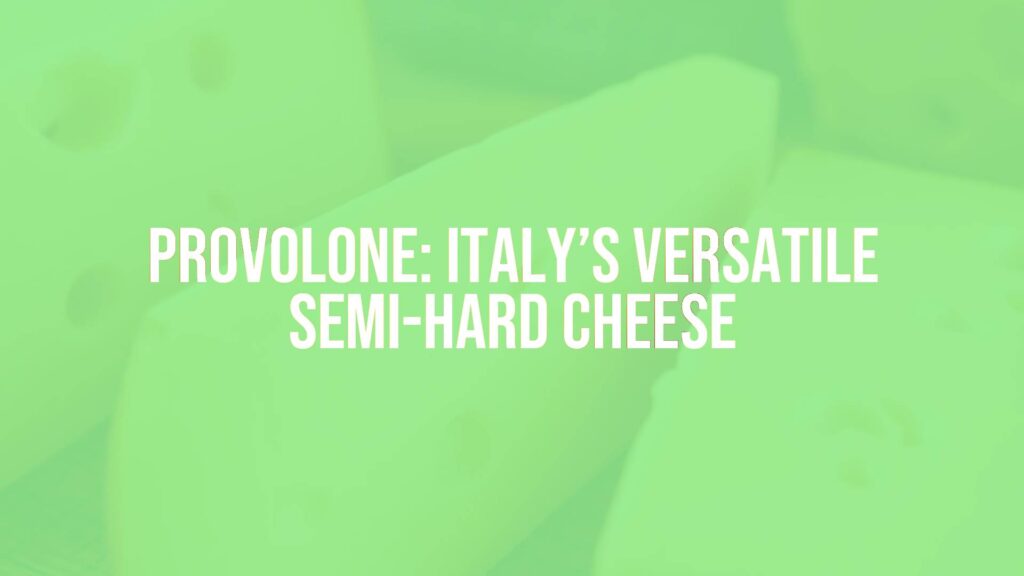Getting to Know Provolone
Provolone is a renowned semi-hard Italian cheese that stands out for its smooth texture, distinctive flavor variations, and impressive versatility. Loved both in Italy and abroad, Provolone is often celebrated for its rich heritage and its ability to shine as a table cheese or a culinary ingredient in hot dishes.
Origins and Historical Roots
The history of Provolone is closely linked to southern Italy, particularly the regions of Campania, Basilicata, Apulia, and Calabria. Its name is derived from “prova,” an ancient term for a round-shaped cheese. In the late 19th century, the tradition of making pasta filata (stretched-curd) cheeses like Provolone spread north, where it found new prominence in the Po Valley, especially in Lombardy and Veneto. The cheese’s ability to be formed into large shapes and its storied aging process soon propelled it to become a staple across the Italian peninsula.
Production Methods and Varieties
Provolone is traditionally made from cow’s milk and crafted into either spherical, pear, or cylindrical shapes, often weighing anywhere between a few hundred grams to over 100 kg for specialty varieties. The cheese-making process involves the pasta filata technique, where curds are kneaded and stretched by hand in hot water before being shaped and soaked in brine. Distinctive Provolone types are achieved by varying the aging period and smoking process. Two key styles exist:
- Provolone Dolce: A mild, smooth cheese aged for a shorter period (2-3 months). It boasts a delicate, slightly sweet flavor and a pale yellow color.
- Provolone Piccante: Aged for up to a year or more, sometimes using goat or sheep rennet, giving it a sharper, spicier profile and a firmer texture.
Culinary Uses and Pairings
Provolone’s adaptability is one of its trademarks. It can be savored as part of a cheese platter, enjoyed with bread, or melted over dishes. The mild Dolce variety is often preferred in sandwiches and antipasti, where its delicate flavor doesn’t overwhelm other ingredients. Piccante, with its bold character, is favored for grating over pasta, risotto, and baked vegetables, or served in slices to accompany robust red wines. A classic pairing includes Provolone and olives or sliced salumi, creating a traditional Italian appetizer spread.
Cultural Significance and Traditions
Beyond its culinary appeal, Provolone holds a beloved place in regional festivities and Italian daily life. Large, elaborately-shaped cheeses often adorn local markets and are gifted during special occasions. In rural areas, it is common to see Provolone wheels hanging in aging rooms, symbolizing abundance and hospitality. The cheese’s PDO (Protected Designation of Origin) status for “Provolone Valpadana” and “Provolone del Monaco” recognizes its regional importance and helps safeguard traditional practices.
Serving Tips and Enjoyment
Enjoy Provolone at room temperature to allow its nuanced flavors to unfold. For antipasti boards, cut thick slices of Dolce or crumble Piccante over roasted vegetables. It also melts beautifully, making it a favorite in baked pasta, panini, or atop pizza. For an authentic touch, serve with Italian bread, roasted peppers, or a drizzle of olive oil.

